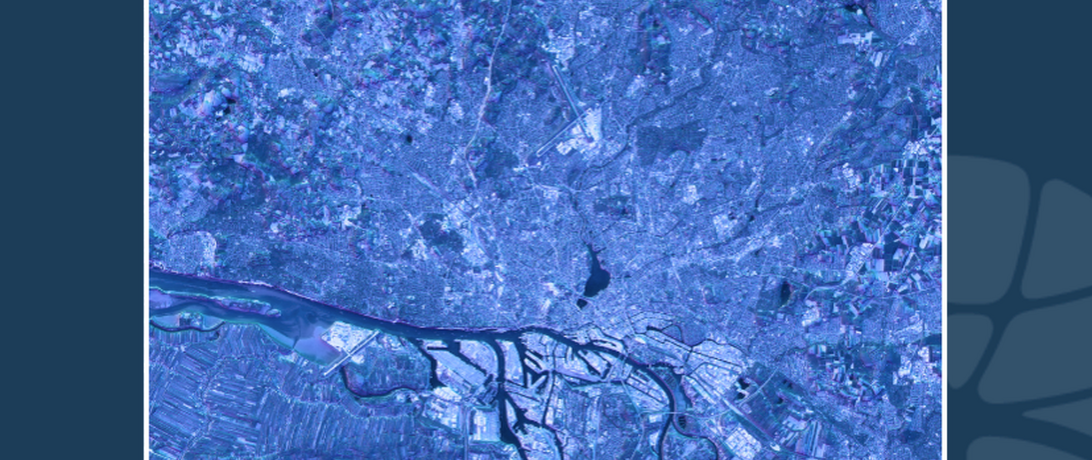
The paper was submitted for the IAEA's Symposium on International Safeguards: Reflecting on the Past and Anticipating the Future.
The paper explores how analysis of synthetic aperture radar (SAR) data can facilitate remote sensing to monitor activities related to nuclear fuel cycles. It presents case studies of uranium mining, uranium enrichment, and nuclear power plant sites using a variety of SAR processing methodologies. The findings illustrate both opportunities and challenges related to using SAR data for nuclear monitoring and safeguards purposes.
Access the publication here or as a PDF on the right-hand side.